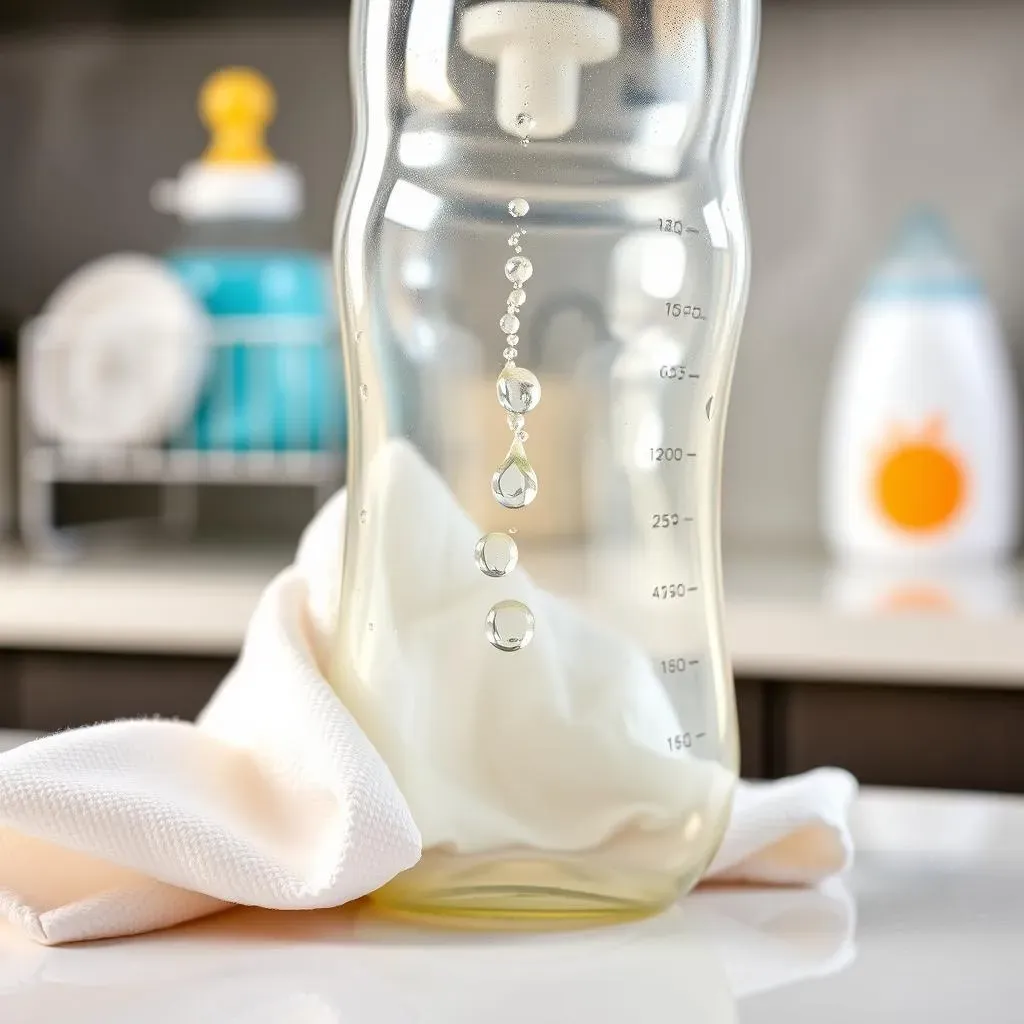Table of Contents
Ensuring your baby's health starts with the basics, and that includes properly cleaning and drying their bottles. After meticulously washing or sterilizing, the next crucial step is drying. Why? Because lingering moisture can become a breeding ground for bacteria and mold – things you definitely don't want near your little one. So, what's the best way to tackle this task? Many parents wonder, can you dry baby bottles with paper towel? It seems convenient, but is it truly the most hygienic choice? In this article, we'll dive into the do's and don'ts of drying baby bottles, exploring various methods and offering practical tips to maintain a germ-free feeding environment for your precious bundle of joy. We'll cover everything from air drying and dish racks to sterilizers with drying functions, helping you make informed decisions for your baby's well-being. Get ready to discover the secrets to safe and effective baby bottle drying!
The Lowdown on Drying Baby Bottles: Why It Matters
The Lowdown on Drying Baby Bottles: Why It Matters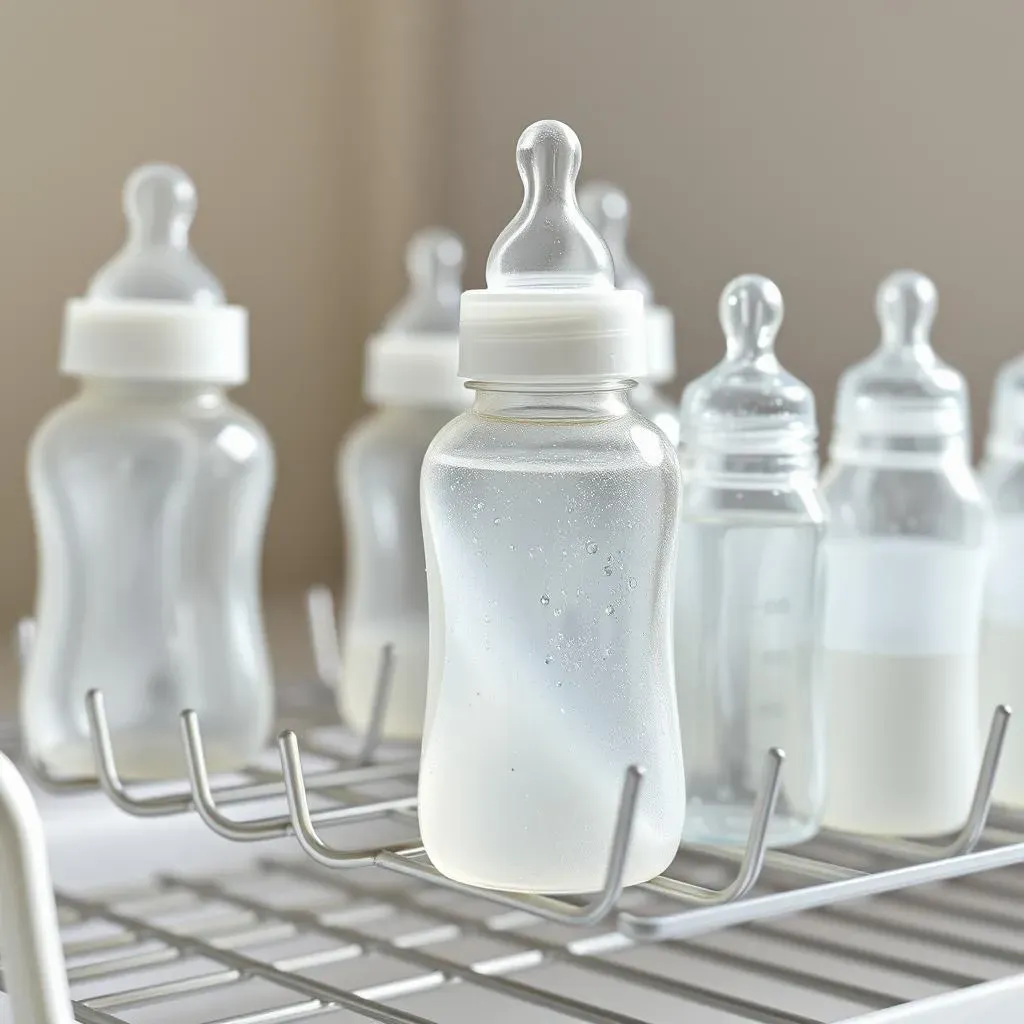
let's get real about baby bottles. You're washing them like a champ, maybe even sterilizing them – high five! But here's the thing: all that effort goes down the drain (literally!) if you don't dry those bottles properly. We're talking about creating a cozy little spa for bacteria and mold if you leave them damp. And trust me, nobody wants that funky stuff near their baby's mouth. Think of it this way: washing gets rid of the gunk, sterilizing kills the nasties, but drying is like the final boss level in the clean-bottle game. It's what keeps those bottles safe and ready for the next feeding frenzy. So, yeah, drying matters. A lot.
Drying Dilemmas: Can You Dry Baby Bottles with Paper Towels?
Drying Dilemmas: Can You Dry Baby Bottles with Paper Towels?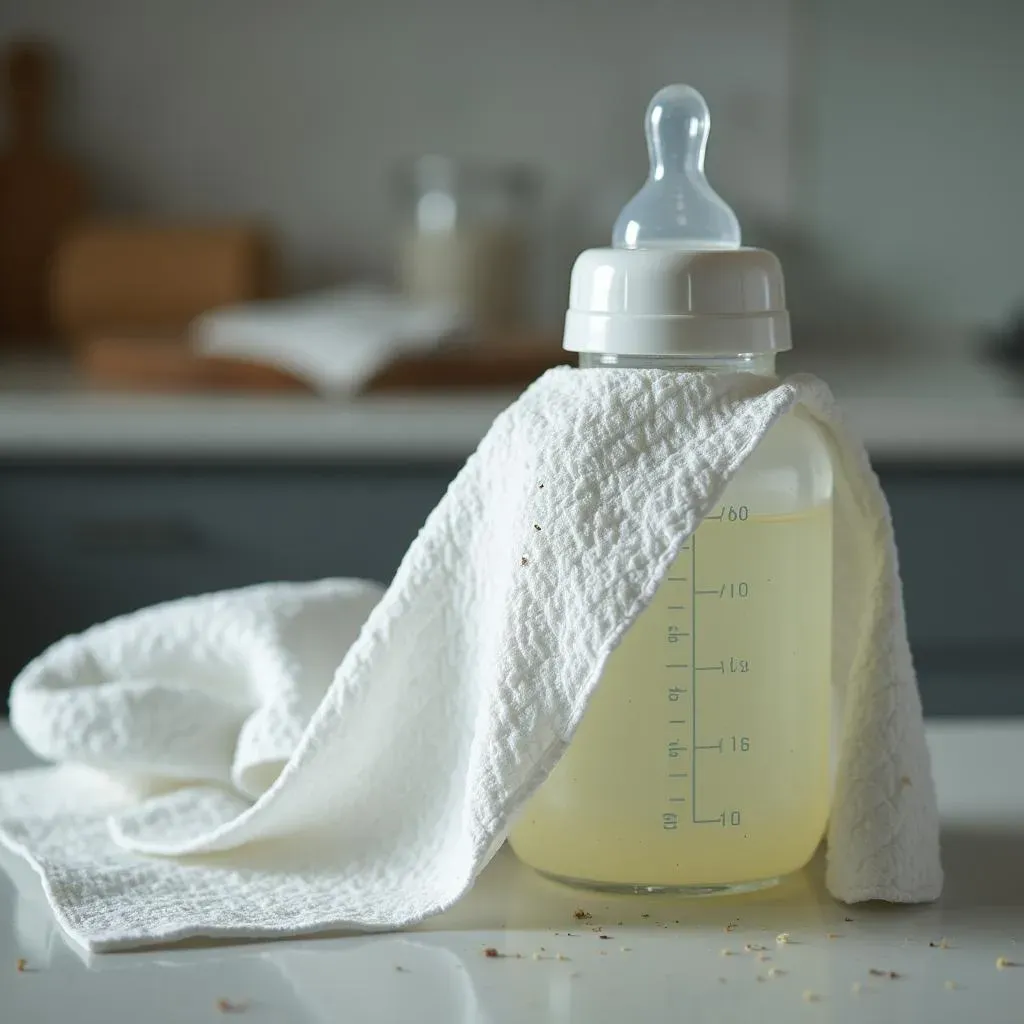
The Allure of Paper Towels: Convenience vs. Cleanliness
so you've washed the bottle, and now you're staring at it, dripping wet. Your eyes dart to the roll of paper towels sitting innocently on the counter. It's tempting, right? Quick, easy, disposable – what's not to love? Well, here's the rub: paper towels, while convenient, aren't exactly the hygiene superheroes we might think they are. They can leave behind tiny fibers, even the "lint-free" ones. Imagine those little bits clinging to the inside of the bottle – not ideal for your little one's digestive system.
Plus, think about where that paper towel has been. Sitting on the counter, exposed to who-knows-what. Even if it looks clean, it might be harboring some unwanted guests. So, while grabbing a paper towel might seem like a no-brainer in a sleep-deprived haze, it's worth pausing to consider if the convenience outweighs the potential risks. It’s a common question – "can you dry baby bottles with paper towels?" – but the answer isn't as straightforward as you might hope.
The Fiber Factor: Why Lint Matters
Let's zoom in on those pesky paper towel fibers for a moment. Are they going to cause your baby to spontaneously combust? Of course not. But babies, especially newborns, have delicate systems. Those tiny fibers, while seemingly harmless, can irritate their digestive tracts. Plus, those fibers provide a surface area for bacteria to cling to, defeating the purpose of washing and sterilizing in the first place.
Think of it like this: you wouldn't intentionally sprinkle a tiny bit of dust into your baby's formula, would you? Paper towel fibers are kind of like that – an unnecessary addition that could potentially cause discomfort. So, while one or two instances might not be a big deal, consistently drying bottles with paper towels could lead to a build-up of these fibers over time. When considering, "can you dry baby bottles with paper towels?", it's important to weigh the minor risk against the convenience.
Drying Method | Pros | Cons |
|---|---|---|
Paper Towels | Convenient, readily available | Can leave fibers, may not be hygienic |
Air Drying | Hygienic, no fibers | Takes longer |
Clean Cloth | Faster than air drying | Requires clean, lint-free cloth; must be washed regularly |
Beyond Paper Towels: Best Methods for Drying Baby Bottles
Beyond Paper Towels: Best Methods for Drying Baby Bottles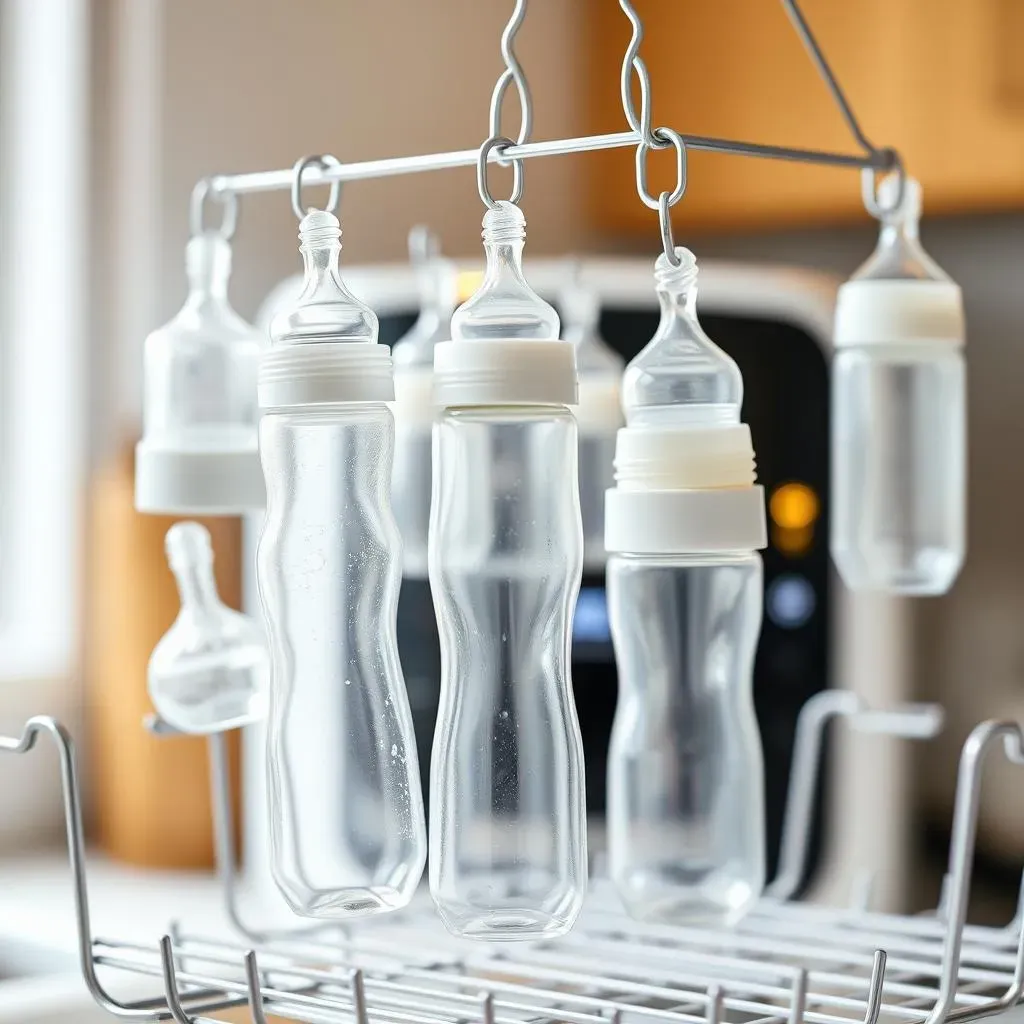
Air Drying: The Gold Standard
Alright, so paper towels are out. What's a parent to do? Enter air drying – the unsung hero of hygienic baby bottle care. It's simple, it's free, and it doesn't involve any questionable materials. The key here is to maximize airflow. After washing and rinsing (or sterilizing), shake off as much excess water as possible. Then, disassemble the bottle – nipple, ring, bottle body – and place each piece upside down on a clean, dry surface. The goal is to allow air to circulate both inside and outside the bottle parts, ensuring thorough drying.
Pro tip: invest in a good drying rack specifically designed for baby bottles. These racks are designed with prongs or pegs that hold the bottle parts securely and allow for optimal airflow. Think of it as giving your bottles a little spa day, complete with fresh air and sunshine (okay, maybe not sunshine if you're drying them indoors, but you get the idea!). When we talk about the best ways to dry, this is definitely a contender, and you certainly don't need paper towels.
Dish Racks and Sterilizers: Drying Made Easy
Speaking of drying racks, let's delve a little deeper. Not all dish racks are created equal, especially when it comes to baby bottles. Look for racks that have ample space between the prongs to allow for good air circulation. Some racks even have built-in reservoirs to collect any drips, preventing water from pooling and creating a breeding ground for bacteria. I am thinking of getting one of those for my friend who is having a baby soon.
Then there's the option of sterilizers with drying functions. These nifty gadgets not only sterilize your bottles but also dry them using hot air. It's a convenient, all-in-one solution for busy parents. However, it's important to make sure the bottles are completely dry after the cycle is finished. Sometimes, the drying function isn't as effective as it could be, leaving you with slightly damp bottles. If that's the case, you might need to supplement with some air drying to ensure everything is completely dry before storing the bottles. Always double-check, and remember, the point is to avoid moisture, not just go through the motions.
- Air Drying: Simple, hygienic, requires good airflow.
- Dish Rack: Provides structure, promotes airflow, choose wisely.
- Sterilizer with Dryer: Convenient, all-in-one, double-check dryness.
Maintaining a GermFree Zone: Tips for Hygienic Bottle Drying
Maintaining a GermFree Zone: Tips for Hygienic Bottle Drying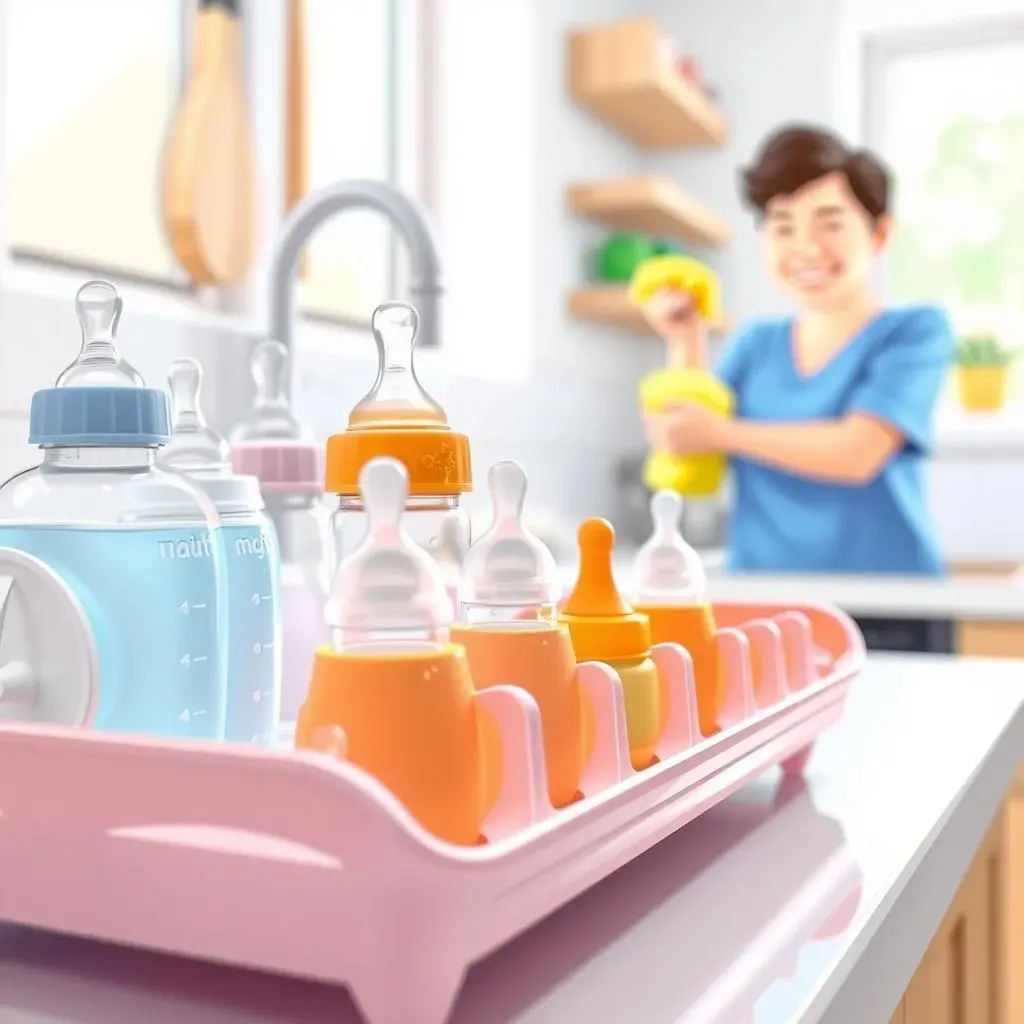
Regular Cleaning of Drying Equipment
so you've nailed the washing and drying routine. But here's a little secret: your drying rack or sterilizer needs some love too! Think about it – these are the places where your clean bottles hang out, so they need to be kept sparkling. Make it a habit to wash your drying rack regularly with hot, soapy water. Pay attention to those nooks and crannies where water can accumulate. For sterilizers, follow the manufacturer's instructions for cleaning and descaling. Mineral build-up can affect their performance and create a breeding ground for bacteria. A clean drying station is just as important as a clean bottle!
It's easy to overlook this step, but trust me, it makes a difference. I once forgot to clean my drying rack for a couple of weeks (mom brain, you know?), and I started noticing a slight musty smell. That was my cue to give it a thorough scrub! Now, I make it a part of my weekly cleaning routine. A little effort goes a long way in keeping those bottles germ-free.
Proper Storage: Keeping Clean Bottles Clean
So, your bottles are sparkling clean and bone dry. Now what? Don't just toss them into a drawer or cabinet willy-nilly! Proper storage is key to maintaining their cleanliness. Ideally, you want to store them in a clean, dry place where they won't be exposed to dust, dirt, or other contaminants. A closed cabinet or drawer is a good option. Make sure the area is well-ventilated to prevent moisture build-up. If you're using a bottle sterilizer with a storage function, that's even better! It keeps the bottles sterile until you're ready to use them.
And here's a little tip: assemble the bottles right before you need them. This minimizes the amount of time they're exposed to the air. I like to keep my clean nipples and rings in a separate, sealed container until I'm ready to put them on the bottle. It might seem a bit obsessive, but when it comes to your baby's health, every little bit helps!
Here's a quick checklist for proper bottle storage:
- Store in a clean, dry, well-ventilated area.
- Use a closed cabinet or drawer if possible.
- Assemble bottles right before use.
- Store nipples and rings in a separate, sealed container.
Routine Mold Checks: Be Vigilant
Mold. The four-letter word that strikes fear into the heart of every parent. It's sneaky, it's gross, and it can be harmful to your baby. That's why it's crucial to be vigilant about checking for mold in your bottle-drying area. Pay close attention to areas where moisture tends to accumulate, such as the bottom of your drying rack, the inside of your sterilizer, and any crevices in your bottle parts. If you spot any signs of mold, clean the affected area immediately with a solution of bleach and water. And if you're dealing with mold inside a bottle or nipple, it's best to toss it and replace it.
Prevention is key here. Make sure your drying area is well-ventilated and that you're cleaning your equipment regularly. And don't be afraid to get a little paranoid! It's better to be safe than sorry when it comes to mold. I have a friend who found mold growing inside her bottle sterilizer – it was hidden in a little corner she never thought to check! Now, she's extra diligent about cleaning and inspecting her equipment. It's a good reminder that mold can lurk in unexpected places.
The Final Sip: Ensuring a Clean Start for Your Baby
Ultimately, the method you choose to dry your baby bottles boils down to safety and hygiene. While the question of "can you dry baby bottles with paper towel" might offer a quick fix, the potential risks outweigh the convenience. Opting for air drying with the assistance of well-designed tools like Dorai dish pads, or utilizing a dedicated baby bottle dish rack, provides a safer and more effective approach. Remember, a little extra care in drying can go a long way in protecting your baby from harmful bacteria and mold, ensuring every feeding is a healthy one. Consider these tips as a valuable addition to your parenting toolkit, and perhaps even a thoughtful gift for other new parents embarking on this incredible journey.
